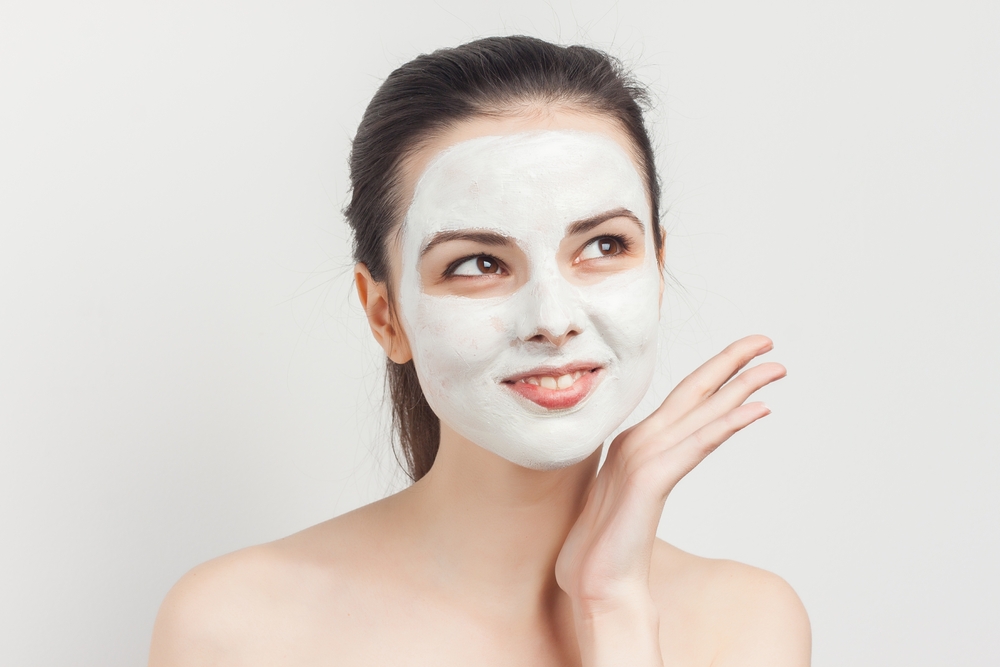
Plasma Rich Platelet Injection: Modern Regenerative Therapy
The Wonders of Plasma-Rich Platelet (PRP) Injections: A Breakthrough in Regenerative Therapies
In recent years, the medical field has witnessed significant advancements in regenerative therapies, one of which is Plasma Rich Platelet (PRP) injection. This advanced treatment has gained popularity for its ability to stimulate healing and repair injured tissues naturally. This article explores the concept of PRP injections, how they work, their benefits, conditions they can treat, the procedure involved, potential side effects, and their advantages over traditional treatments. We will also discuss how to prepare for a PRP injection, what to expect during recovery, and the expected results. So, let’s delve deeper into the world of PRP injections and uncover what they hold.
What is a Plasma Rich Platelet (PRP) Injection?
Plasma Rich Platelet (PRP) injection is a regenerative medical procedure that utilizes a patient’s blood components to promote tissue healing and regeneration. The process involves extracting a small amount of the patient’s blood, which is then processed to concentrate the platelets. Platelets are rich in growth factors that play a crucial role in the body’s natural healing process.
How Does PRP Injection Work?
Once the platelets are concentrated, they are injected into the targeted area of the body. When PRP is introduced into damaged tissues, it releases growth factors that accelerate tissue repair, reduce inflammation, and stimulate the formation of new blood vessels. This process aids in restoring injured tissues, improving functionality, and alleviating pain.
Benefits of PRP Injection
PRP injections offer a wide range of benefits, making them a sought-after treatment option in various medical fields. Some key advantages include:
1. Natural Healing
PRP injections harness the body’s natural healing abilities, reducing the need for synthetic drugs or invasive procedures.
2. Minimally Invasive
As a non-surgical procedure, PRP injections involve minimal risk and downtime compared to traditional surgical treatments.
3. Versatile Application
PRP injections have proven effective in treating various conditions, from sports injuries to chronic degenerative diseases.
4. Long-lasting Results
Patients often experience long-term relief and improved functionality after PRP treatment.
Conditions Treated with PRP Injections
PRP injections have demonstrated efficacy in treating an array of medical conditions, including but not limited to:
1. Tendon Injuries
PRP injections are commonly used to treat tendonitis, rotator cuff tears, tennis elbow, and Achilles tendon injuries.
2. Osteoarthritis
For individuals with osteoarthritis in joints like the knee, hip, or shoulder, PRP injections can provide pain relief and aid in joint regeneration.
3. Ligament Sprains
PRP injections help in the recovery of ligament sprains, such as anterior cruciate ligament (ACL) injuries.
4. Muscle Tears
Athletes often turn to PRP injections to expedite the healing of muscle tears and strains.
The PRP Injection Procedure
The PRP injection procedure is a relatively simple and minimally invasive process. Here’s an overview of the steps involved:
- Blood Sample Collection: A small sample of the patient’s blood is drawn from the arm.
- Centrifugation: The blood sample is placed in a centrifuge to separate the platelets from other blood components.
- Platelet Concentration: The concentrated platelets are collected and prepared for injection.
- Anesthesia: The targeted area is numbed using local anesthesia to minimize discomfort during the injection.
- Injection: The PRP is carefully injected into the injured or affected area using guided imaging techniques.
Are There Any Side Effects?
PRP injections are generally safe and well-tolerated. Since the injected substance comes from the patient’s own blood, there is minimal risk of allergic reactions or infections. However, as with any medical procedure, there might be some mild side effects, including redness, swelling, or bruising at the injection site. These effects are usually short-lived and resolve on their own.
PRP vs. Traditional Treatments
When comparing PRP injections to traditional treatment options, PRP offers several significant advantages. Firstly, PRP injections expedite the body’s natural healing process, resulting in faster recovery times.
Unlike surgical procedures, PRP injections are non-invasive, eliminating the need for incisions or general anesthesia. Additionally, PRP utilizes the patient’s own blood, which reduces the risk of adverse reactions or infections.
One of the key benefits of PRP is its targeted treatment approach, precisely focusing on the affected area to promote more effective healing. These combined advantages make PRP a promising and preferred option for various medical conditions over traditional treatments.
What to Expect After the Procedure
After receiving a PRP injection, patients can expect the following:
- Rapid Recovery: PRP injections typically require minimal downtime, allowing patients to resume normal activities soon after the procedure.
- Soreness: Some patients may experience mild soreness at the injection site, which usually subsides within a few days.
- Gradual Improvement: The healing process varies for each individual, with noticeable improvements occurring over several weeks.
PRP Injection Results and Recovery
The results of PRP injections can be remarkable, with many patients experiencing reduced pain, improved joint function, and enhanced mobility. Full recovery may take several weeks, depending on the severity of the condition being treated. It is essential to follow the healthcare provider’s post-procedure instructions to optimize the healing process.









